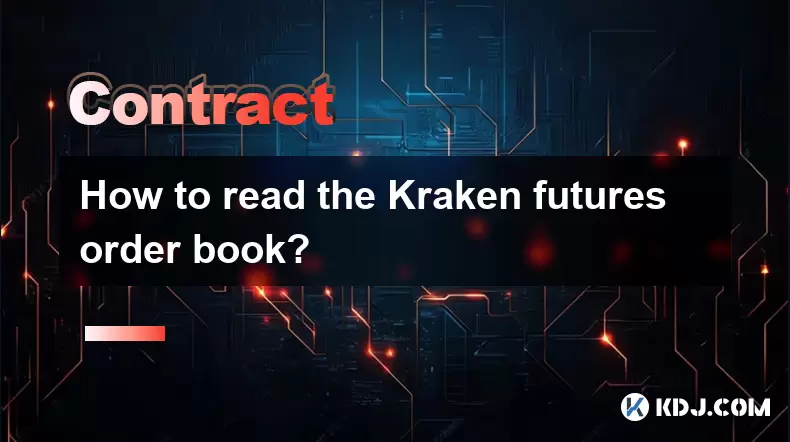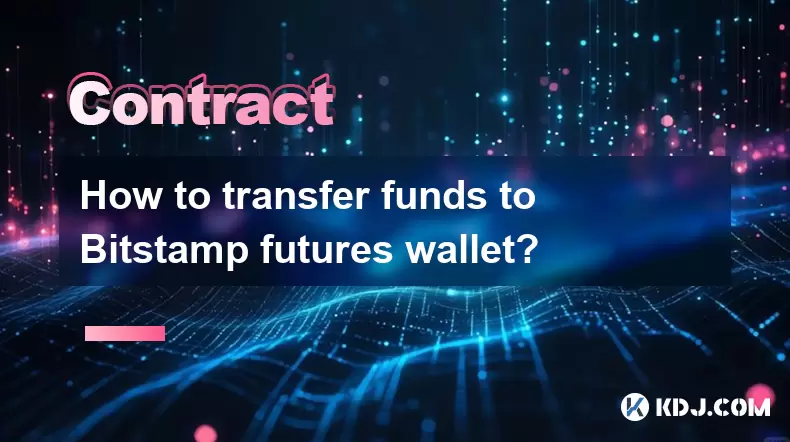-
 Bitcoin
Bitcoin $118900
1.66% -
 Ethereum
Ethereum $3735
1.35% -
 XRP
XRP $3.506
0.71% -
 Tether USDt
Tether USDt $1.000
-0.01% -
 BNB
BNB $799.4
5.78% -
 Solana
Solana $202.0
1.87% -
 USDC
USDC $0.9999
0.00% -
 Dogecoin
Dogecoin $0.2661
1.89% -
 Cardano
Cardano $0.8877
1.59% -
 TRON
TRON $0.3173
2.45% -
 Hyperliquid
Hyperliquid $45.00
2.59% -
 Stellar
Stellar $0.4723
3.40% -
 Sui
Sui $3.970
1.32% -
 Chainlink
Chainlink $19.67
1.94% -
 Hedera
Hedera $0.2710
1.99% -
 Avalanche
Avalanche $25.74
-0.01% -
 Bitcoin Cash
Bitcoin Cash $528.1
1.98% -
 Litecoin
Litecoin $120.1
3.57% -
 Shiba Inu
Shiba Inu $0.00001525
1.26% -
 UNUS SED LEO
UNUS SED LEO $8.989
-0.01% -
 Toncoin
Toncoin $3.304
1.74% -
 Polkadot
Polkadot $4.531
3.38% -
 Uniswap
Uniswap $10.74
2.51% -
 Ethena USDe
Ethena USDe $1.001
0.00% -
 Monero
Monero $325.5
2.44% -
 Pepe
Pepe $0.00001413
1.31% -
 Bitget Token
Bitget Token $4.860
0.85% -
 Dai
Dai $0.9999
0.01% -
 Aave
Aave $307.3
-2.07% -
 Bittensor
Bittensor $448.8
2.91%
How to read the Kraken futures order book?
The Kraken Futures order book shows real-time buy (bids) and sell (asks) orders, helping traders assess liquidity, spot support/resistance levels, and make informed entry/exit decisions using market depth and order size.
Jul 23, 2025 at 05:56 am

Understanding the Kraken Futures Order Book Interface
When accessing the Kraken futures order book, traders see a real-time display of buy and sell orders for a specific futures contract. The order book is typically split into two sides: the bids (buy orders) on the left and the asks (sell orders) on the right. Each row represents an order at a particular price level, showing the price, quantity, and sometimes the total value (price × quantity). The order book updates dynamically as new orders are placed, modified, or canceled. Traders must recognize that the displayed data reflects market depth, indicating liquidity at various price points.
Interpreting Bid and Ask Prices
The highest bid is the most competitive buy order currently active—it’s the price a buyer is willing to pay right now. Conversely, the lowest ask is the cheapest available sell order, representing what a seller demands. The difference between these two values is known as the spread, a key metric for assessing market tightness. A narrow spread often indicates high liquidity and efficient price discovery, while a wide spread may suggest lower participation or volatility. Traders should monitor how the spread changes over time, especially during high-impact news events or low-volume periods.
Reading Market Depth and Order Size
Market depth is visualized through stacked orders at different price levels. On Kraken, you might see a color-coded bar chart alongside the numerical data, where green bars represent bid volume and red bars represent ask volume. Larger bars indicate more liquidity at that price. For example, if there's a large green bar at $50,000 for BTC-PERP, it means many buyers are waiting to enter at that level. This can act as a support zone. Similarly, a tall red bar at $51,000 may indicate resistance. Traders use this to anticipate where price might stall or accelerate based on order concentration.
How to Use the Order Book for Entry and Exit Decisions
- Check for large resting orders near your target entry or exit—these can act as magnets or barriers.
- If you're placing a market order, understand that it will execute against the best available ask (to buy) or bid (to sell).
- Use limit orders to avoid slippage—set your price just inside the spread if you want faster fills without paying the full ask or receiving the full bid.
- Watch for order book imbalances—if one side has significantly more volume, it may signal short-term directional bias.
- Avoid placing large orders directly into thin areas of the book, as this can cause immediate slippage or alert other traders to your intent.
Step-by-Step: Navigating Kraken’s Order Book on Desktop
- Log in to your Kraken Futures account and select the desired contract (e.g., BTC/USD perpetual).
- Locate the order book panel—usually on the right side of the trading interface.
- Toggle between “Price” and “Price + Size” view to see depth bars.
- Hover over individual orders to see hidden details like order type (limit, post-only, etc.).
- Click the “Collapse” button to group orders at the same price for cleaner reading.
- Use the “Depth Chart” tab below the order book to visualize cumulative buy/sell pressure as a line graph.
Common Misinterpretations and How to Avoid Them
New traders often mistake the order book for a predictive tool—it’s not. It shows current intent, not future movement. A large bid cluster doesn’t guarantee price will bounce; it could be a spoofed order meant to mislead. Always cross-check with volume data and recent trades. Also, don’t ignore time priority—older orders at the same price get filled first. Kraken uses a price-time priority matching engine, so even if two bids are at $50,000, the one placed earlier executes first. This matters when liquidity is tight.Frequently Asked Questions
What does “Post Only” mean in the Kraken order book?
"Post Only" is a limit order type that ensures your order won’t execute immediately—it only adds liquidity to the book. If your price would match an existing order, the trade is rejected. This helps traders avoid paying taker fees and keeps their orders visible in the book.Why do some orders disappear quickly from the Kraken futures order book?
Orders may vanish due to rapid execution, cancellation by the trader, or automated market-making strategies. High-frequency traders often place and cancel orders within milliseconds to test liquidity or manipulate perception—a practice known as “quote stuffing.”How can I see historical order book data on Kraken?
Kraken does not provide native historical order book data in its interface. To analyze past depth, traders must use third-party APIs like Kraken’s public REST or WebSocket feeds to capture and store snapshots over time.Is the Kraken futures order book reliable during high volatility?
Yes, but with caveats. During extreme moves, the order book may lag slightly due to network delays or API rate limits. Always verify with recent trade data and consider using Kraken’s “Recent Trades” tab alongside the book to confirm actual fills.
Disclaimer:info@kdj.com
The information provided is not trading advice. kdj.com does not assume any responsibility for any investments made based on the information provided in this article. Cryptocurrencies are highly volatile and it is highly recommended that you invest with caution after thorough research!
If you believe that the content used on this website infringes your copyright, please contact us immediately (info@kdj.com) and we will delete it promptly.
- ONDO ETF Incoming? 21Shares and the Coinbase Custody Connection
- 2025-07-23 14:30:12
- Check Your Change! UK Coins Worth £40,000 Could Be Hiding in Plain Sight
- 2025-07-23 14:50:12
- PNC Bank & Coinbase: A New York Minute on Crypto Services Partnership
- 2025-07-23 14:50:12
- Crypto, India, and the COINS Act: A New Dawn for Digital Assets?
- 2025-07-23 14:55:12
- IREN's Bitcoin Mining Prowess Meets AI: An SOTP Valuation Deep Dive
- 2025-07-23 12:30:12
- Arca, PENDLE, and Kraken: Navigating DeFi's Institutional Currents
- 2025-07-23 11:10:11
Related knowledge

Why is my Bitstamp futures position being liquidated?
Jul 23,2025 at 11:08am
Understanding Futures Liquidation on BitstampFutures trading on Bitstamp involves borrowing funds to open leveraged positions, which amplifies both po...

Does Bitstamp offer inverse contracts?
Jul 23,2025 at 01:28pm
Understanding Inverse Contracts in Cryptocurrency TradingIn the realm of cryptocurrency derivatives, inverse contracts are a specific type of futures ...

How to find your Bitstamp futures trade history?
Jul 23,2025 at 08:07am
Understanding Bitstamp and Futures Trading AvailabilityAs of the current state of Bitstamp’s service offerings, it is critical to clarify that Bitstam...

Can I use a trailing stop on Bitstamp futures?
Jul 23,2025 at 01:42pm
Understanding Trailing Stops in Cryptocurrency TradingA trailing stop is a dynamic type of stop-loss order that adjusts automatically as the price of ...

How to trade ETH perpetuals on Bitstamp?
Jul 23,2025 at 03:28am
Understanding ETH Perpetual ContractsETH perpetual contracts are derivative products that allow traders to speculate on the price of Ethereum without ...

How to transfer funds to Bitstamp futures wallet?
Jul 23,2025 at 04:14pm
Understanding Bitstamp Futures WalletBefore initiating any transfer, it’s crucial to understand that Bitstamp separates your Spot Wallet from your Fut...

Why is my Bitstamp futures position being liquidated?
Jul 23,2025 at 11:08am
Understanding Futures Liquidation on BitstampFutures trading on Bitstamp involves borrowing funds to open leveraged positions, which amplifies both po...

Does Bitstamp offer inverse contracts?
Jul 23,2025 at 01:28pm
Understanding Inverse Contracts in Cryptocurrency TradingIn the realm of cryptocurrency derivatives, inverse contracts are a specific type of futures ...

How to find your Bitstamp futures trade history?
Jul 23,2025 at 08:07am
Understanding Bitstamp and Futures Trading AvailabilityAs of the current state of Bitstamp’s service offerings, it is critical to clarify that Bitstam...

Can I use a trailing stop on Bitstamp futures?
Jul 23,2025 at 01:42pm
Understanding Trailing Stops in Cryptocurrency TradingA trailing stop is a dynamic type of stop-loss order that adjusts automatically as the price of ...

How to trade ETH perpetuals on Bitstamp?
Jul 23,2025 at 03:28am
Understanding ETH Perpetual ContractsETH perpetual contracts are derivative products that allow traders to speculate on the price of Ethereum without ...

How to transfer funds to Bitstamp futures wallet?
Jul 23,2025 at 04:14pm
Understanding Bitstamp Futures WalletBefore initiating any transfer, it’s crucial to understand that Bitstamp separates your Spot Wallet from your Fut...
See all articles

























































































